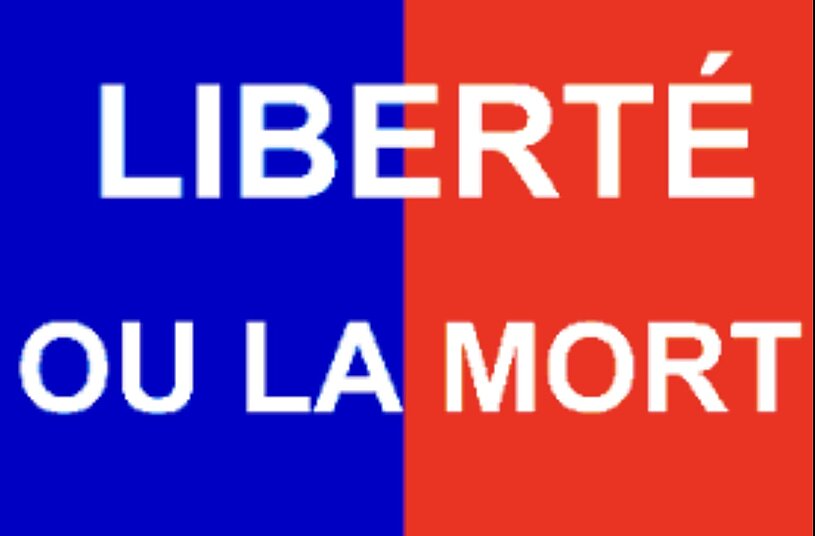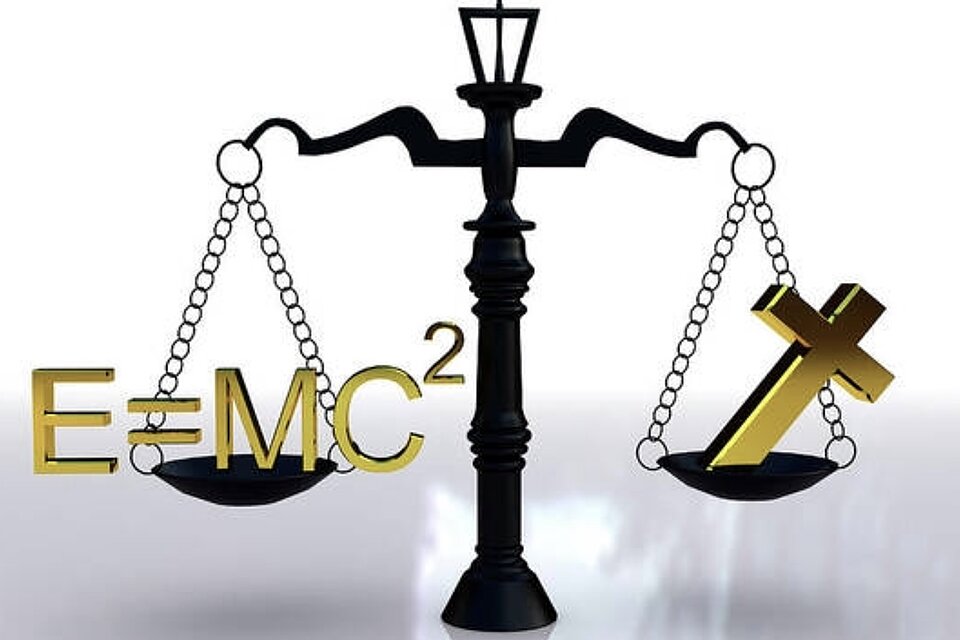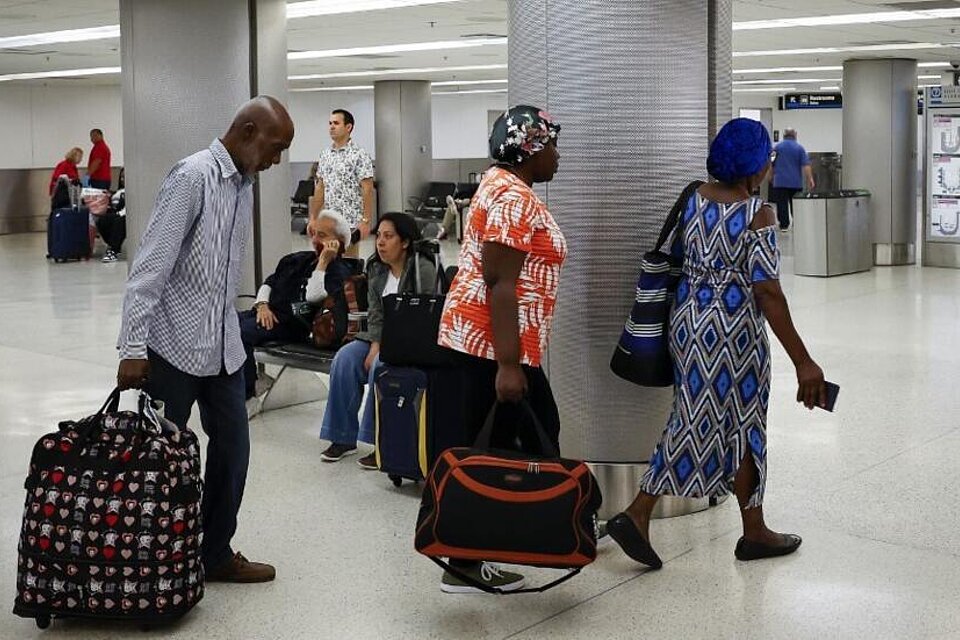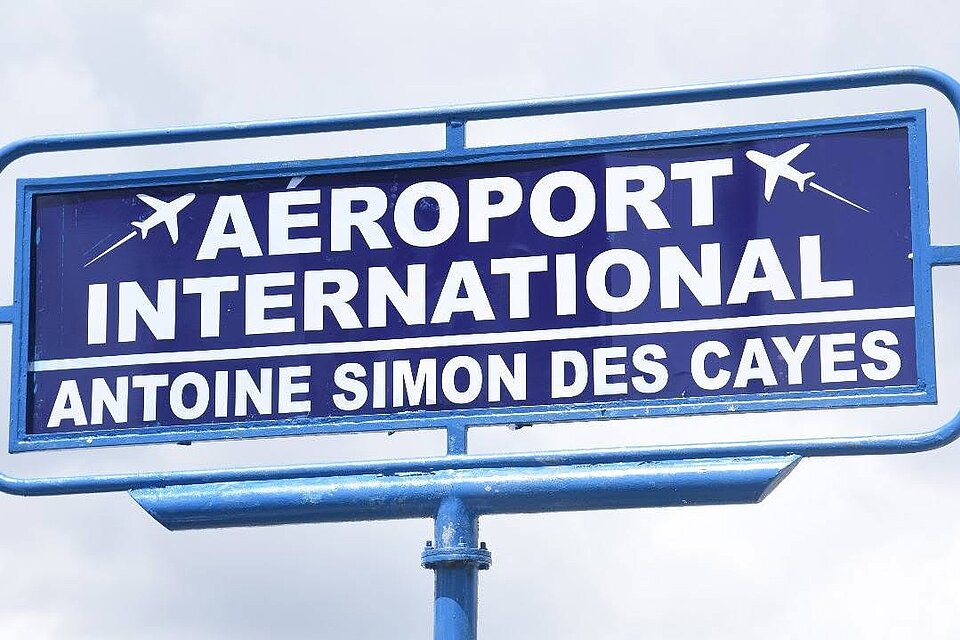Jean-Jacques Dessalines, accompanied by Gabart, met the officers of the West in a large military meeting in Arcahaie from May 15 to 18, 1803 with the intent to unify the revolutionary army. Lamour Dérance did not intend to recognize his authority as general-in-chief. Through Pétion, Cangé had met Dessalines first at Frères, then at Arcahaie. The principal former military supporters of Rigaud, such as Cangé, Lamarre, Marion, Sanglaou, Mimi and Cadet Borde, Isidore, Derenoncourt, Masson, Laporte etc., distanced themselves from Lamour Dérance and went to Arcahaie in order to make the necessary arrangements to drive out the French in the West and the South. Cangé had control of Léogane, Lamarre of Petit-Goâve.
AT ARCAHAIE
Jean-Jacques Dessalines, accompanied by Gabart, met the officers of the West in a large military meeting in Arcahaie from May 15 to 18, 1803 with the intent to unify the revolutionary army. Lamour Dérance did not intend to recognize his authority as general-in-chief. Through Pétion, Cangé had met Dessalines first at Frères, then at Arcahaie. The principal former military supporters of Rigaud, such as Cangé, Lamarre, Marion, Sanglaou, Mimi and Cadet Borde, Isidore, Derenoncourt, Masson, Laporte etc., distanced themselves from Lamour Dérance and went to Arcahaie in order to make the necessary arrangements to drive out the French in the West and the South. Cangé had control of Léogane, Lamarre of Petit-Goâve.
May 18, 1803 in Arcahaie marked the end of a great military meeting with the aim of unifying, organizing, planning the execution and the progress, the way forward of the War of Independence, particularly in the West and the South. Of major importance, the meeting of Arcahaie guarantees the great and strategic integration of Cangé and other officers in the army, establishes the plans of attack of the Cul-de-Sac including Croix-des-Bouquets, allowed the preparation of the siege of Jacmel, and facilitated the pacifying journey of the general-in-chief in the South.
On May 18, 1803, during this meeting, the various armed forces, including the farmers, were unified and solidified. Armed groups flew from neighboring regions to respond to this summons. The three essential phases for a revolution, namely: awareness, mobilization and radicalization, were well in place. The struggle for freedom was at this last stage violent and defiant; the French had reinstated slavery, there was no longer any question of negotiations, no more question of going back, an organized army was fundamental to fight the powerful French army and, for the sake of freedom, all put their faith in the war of Independence.

« Libre ou Mourir »
At the final phase of radicalization of the Revolution, the motto was; "Liberté ou la Mort" meaning, "Live Free or Die" and was placed on the blue and red two-tone. The theme of the flag had certainly been debated in Arcahaie: for example, in a letter dated May 24, 1803 from Dondon, General Christophe attested to having received the new blue and red flag following arrangements made with General Pétion in Arcahaie. The Arcahaie meeting, so to speak, had therefore consecrated the two-tone blue and red which had previously been created by Dessalines at Petite-Rivière de l'Artibonite in February 1803. The Ordinance on the creation of the flag had been sent by Dessalines to all the commands of the embryonic army; the generals who received this Ordinance were: Capois, Toussaint Brave, Christophe, Vernet, Clervaux, Pétion and Geffrard…
At the end of this preparatory meeting, of this military congress of Arcahaie, on May 18, 1803, Dessalines had been recognized by all the freedom fighters as general-in-chief of the revolutionary army. Lamour Dérance was the object of the planned plot; trapped, he was garroted and then sent to prison in Marchand. The attack plans for Port-au-Prince had been drawn up. Cangé had also received the order to go to La Coupe, now Pétion-Ville; Pétion, from Arcahaie, would advance to the Cul-de-Sac, and Dessalines, from Mirebalais, would invade this plain in the same way. By the end of June 1803, Dessalines passed through La Coupe on his way to Camp Gérard in the plain of Les Cayes in order to reach the South.
With regard to Camp Gérard, following the strategies planned at Arcahaie from May 15 to 18, 1803:
On the road linking Les Cayes to Camp-Perrin in the south are the ruins of the old Gérard sugar factory. A few meters from it, is a small hill where a fortification is barely noticeable. This is Camp Gérard itself. Located in a stratetic position, Camp Gérard dominates the entire plain of Les Cayes with a view of the surrounding mountains and, in terms of strategic communications, is in a straight line with the Platons’ fortress.
Moreover, the sugar refinery had belonged, during the colonial period, to settler Jean-Baptiste Gérard, who was a notary for Les Cayes from 1779 to 1785, then deputy for the South in the “Etats Généraux,” member of the colonial committee of the Constituent Assembly and commissioner in the department of South in 1794; he was arrested on the orders of Polvérel and Sonthonax on May 3, 1794, and was re-elected deputy for the South in April 1798; he took refuge in New York in 1804.
Long before the military meeting or the preparatory military congress of Arcahaie from May 15 to 18, 1803, the two-tone blue and red had been noticed on various occasions. For example, en route to Les Cayes, Geffrard's troops, towards the end of February 1803, received a discharge and were driven back to the vicinity of Aquin. In this scuffle, the native army lost a flag and probably a standard bearer.
The two-tone would have also been noticed in Les Cayes, when the battalion commander Francisque, under the orders of Férou, had repelled the French there on March 6, 1803.
Geffrard arrived in Les Cayes on March 5 and completed his junction with Férou at Charpentier. Meeting which, otherwise, caused moving scenes, because it was for the first time since the end of the Southern War (1800) that these former partisans of Rigaud, then scattered, met. Despite their apprehensions against Dessalines because of his actions in the said war, all agreed to recognize his authority as general-in-chief to Charpentier.
The next day, the 6th, the black General Laplume, of the former army of Louverture who commanded the French troops in Les Cayes, made a sortie against the Native Army. Geffrard and Férou led the defensive and the French army was driven back into the city. Very animated by this success, the Natives soon counter-attacked. It was during this fight that Battalion Commander Francisque planted the native two-tone blue and red on the ramparts of Les Cayes, near the government palace. Francisque then received a volley of gunshots and was wounded in the thigh; his troops were repulsed; Geffrard retired to Camp Gérard and Férou took the road to Côteaux.
From Camp Gérard, Geffrard, assisted by his lieutenants, conquered Torbeck, Corail, Anse-à-Veau, Miragoâne, le Petit-Trou, Saint-Michel, Aquin, Saint-Louis du Sud, Cavaillon and all the other towns up to Tiburon. Les Cayes and Jérémie alone remained in possession of the French.
The North, Artibonite had almost recognized the authority of Jean-Jacques Dessalines as general-in-chief of the revolution. The West had just joined the movement at the Military Congress of Arcahaie from May 15 to 18, 1803. Pétion had coordinated the defections of former supporters of Rigaud, such as Cangé, Lamarre, Marion, Sanglaou, Mimi and Cadet Borde, Isidore, Derenoncourt, Masson, Laporte etc., who until then marched with Lamour Dérance, considering themselves general-in-chief and reluctant to recognize Dessalines. Cangé had control of Léogâne, Lamarre of Petit-Goâve, their troops were in all the surrounding mountains.
Rallying the South therefore became essential. Dessalines set out to go to Camp Gérard in the plain of Les Cayes. Geffrard, for his part, had the mission of having the authority of Dessalines recognized by an army composed mainly of former supporters of Rigaud. A rather difficult task after the excesses of war committed by Dessalines in the South during the Toussaint - Rigaud civil war. On July 5, 1803, Dessalines arrived at Camp Gérard with officers from his staff for this historic meeting. After a moment of friction, Dessalines was well received and calm was restored. The next day, July 6, Dessalines assembled the troops and gave them this patriotic and unifying speech (extracted in its entirety from Thomas Madiou, Histoire d'Haïti - Tome III).
Of course, Dessalines was speaking in Creole at the time:
"My brothers, after the taking of the Petite-Rivière de l'Artibonite from the French, I was proclaimed general-in-chief of the independent army by the populations of the Artibonite. The generals of the North and the West moved by the love of freedom, forgetting the political hatreds which animated them against one another, came successively to recognize my authority. By accepting the chief command of my brothers, I have realized the importance of such a responsibility. I am a soldier; I have always fought for freedom; and if I was blindly devoted to Toussaint Louverture during the civil war, it was because I believed that his cause was that of freedom. However, after the fall of General Rigaud, did I not repeatedly use my influence to save a crowd of brave men whom the fate of arms had betrayed and who they too had valiantly fought for freedom when all our efforts tended to crush the colonial party? Many of those who listen to me owe me their lives; I refrain from naming them.
My brothers, let us forget the past; let us forget those awful times, when led astray by the whites, we were armed against one another. Today, we are fighting for the Independence of our country, and our red and blue flag is the symbol of the union of black and yellow. Dessalines was interrupted by the whole army who shouted "War to death against the whites!" He continued: “The factions which could compromise the cause of freedom are almost extinguished: Lamour Dérance, abandoned by his people, must now be arrested; Petit Noël Prieur, in the heights of Dondon, now commands only a few bandits. I will return to these quarters, and breathe the last of the expiring faction of the Congos. Long live freedom! »
Then, the General in chief Jean-Jacques Dessalines revoked the commissions sent to the soldiers of the South by Lamour Dérance, he then granted new ranks to the superior officers; Geffrard was promoted to general of division. Dessalines then proceeded to the organization of troops, the formation of demi-brigades and the establishment of a hierarchical military organization in the South to carry out the revolutionary war against colonialism.
It was again at Camp Gérard that Geffrard introduced Boisrond Tonnerre to Dessalines. Shortly before, Boisrond Tonnerre had joined Geffrard, who made him his secretary. Driven by the revolutionary fever of the time, he had caught the attention of General Geffrard who recommended him to the general-in-chief and who made him his secretary as well.
* Original publication in Jean Ledan fils, About the history of Haiti, did you know that… Volume VI, Bèljwèt Publications, ISBN 976-95017-04, P-au-P, 2001.
* Jean Ledan fils, The History of Haiti in all simplicity, illustrated, ISBN
978-99935-7-272-5 Bèljwèt Publications, Port-au-Prince, 2008, p. 151-169. (Last reviewed May 2020).
Books available in paperback (paperback) and Kindle (download) on
www.amazon.com/author/jeanledanfils
© Tous Droits Réservés
Jean Ledan fils / Bèljwèt Publications
Translated by Aline Lauture of Alimar Consulting
© Tous Droits Réservés
Xaragua Magazine
Version Anglaise













